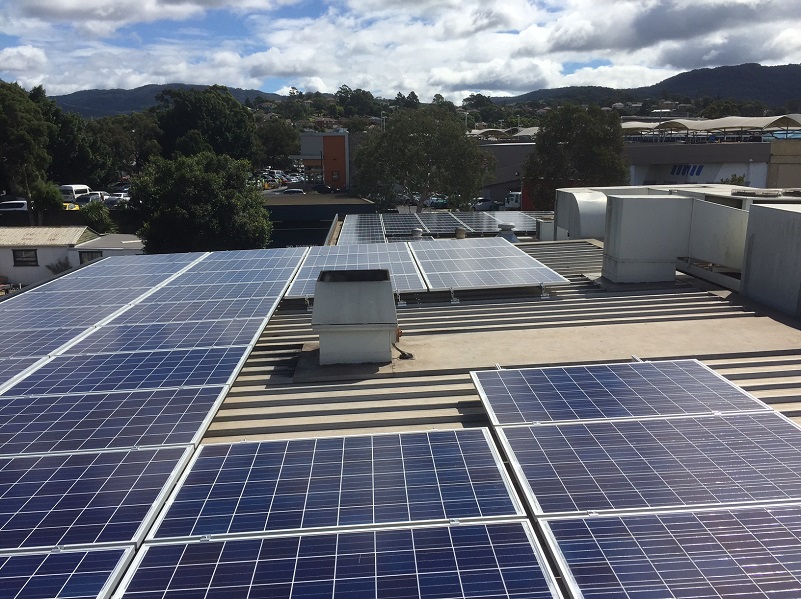The Aussie’s have done us proud once again and have proven to be world leaders in energy efficiency. Particularly in the research and development field of solar cell technology.
The below news article we have sourced, highlights their incredible achievements and a great step forward for solar cell efficiency.
Solar Energy and PV Systems are ideal for the Australian climate and therefore Australian businesses. The Engineers are also looking at ways to bring the cost down on manufacturing the cells.
Engineers at the University of New South Wales (UNSW) have set a new world record for the amount of energy solar cells can get from sunlight.
A university spokesman said the solar cell efficiency achieved in the study was about 44 per cent better than the previous record of 24 per cent, held by a US solar cell company.
The device used by the engineers converts almost 35 per cent of the sunlight it receives to electricity, in what the researchers said was a promising development for the future of solar cell efficiency
Professor Martin Green, the director of UNSW’s Australian Centre for Advanced Photovoltaics, said the level of efficiency achieved by the new configuration was not expected to be improved on for years to come.
“A recent study by Germany’s Agora Energiewende think tank set an aggressive target of 35 per cent efficiency by 2050 for a module that uses un-concentrated sunlight, such as the standard ones on family homes,” Professor Green said.
“So things are moving faster in solar cell efficiency than many experts expected, and that’s good news for solar energy.”
UNSW engineers working to bring down cost
The solar cell configuration works by splitting sunlight into four separate bands.
Different parts of the cell with different layers then absorb the different bands of sunlight, with different materials optimised for maximum efficiency.
And while these “multi-junction” solar cells would not be found in your typical solar panel due to their cost to manufacture, the team from UNSW said they were working on ways to bring the cost of making the cells down.
It is thought that the theoretical efficiency limit for a device like the one used to set the new world record was 53 per cent.
“This encouraging result shows that there are still advances to come in photovoltaics research to make solar cells even more efficient,” senior research fellow with the Centre for Advanced Voltaics Dr Mark Keevers said.
“Extracting more energy from every beam of sunlight is critical to reducing the cost of electricity generated by solar cells as it lowers the investment needed, and delivering payback faster.”
